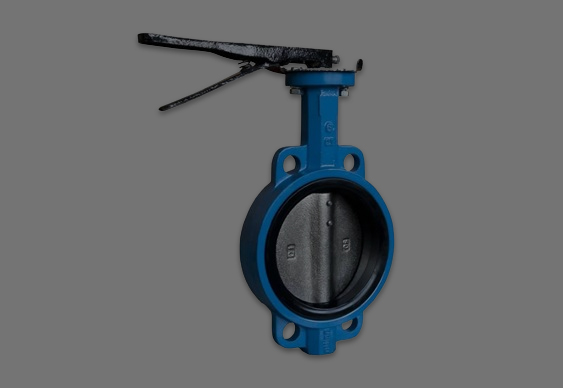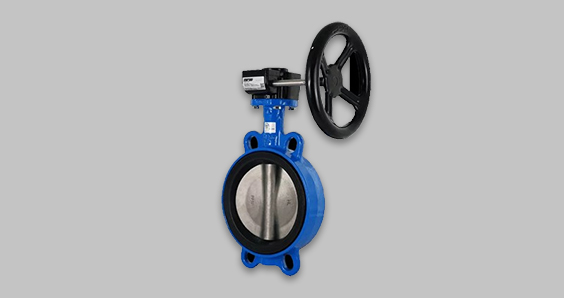
Butterfly valves are a fundamental part of modern piping systems, used for controlling flow. Manufactured by butterfly valve manufacturers like Nufit Flanges, these valves are celebrated for their efficiency and durability in various industries.
A butterfly valve is a quarter-turn valve used to control fluid flow. Inside, a disc rotates on an axis within the pipe. By turning the disc 90 degrees, the flow can either be allowed or stopped. When the valve is fully open, the disc aligns parallel to the fluid flow, reducing flow resistance and pressure drop. This straightforward design makes butterfly valves affordable and easy to maintain.
Among the most common types of butterfly valves are
Operating a butterfly valve is simple. At its core is a disc connected to an actuator or manual lever. The actuator rotates the disc, positioning it either parallel to the flow for full passage or perpendicular to block the flow entirely. For automated control, many industries employ powered actuators—electric, hydraulic, or pneumatic—allowing adjustments without manual effort. This automation is especially advantageous in large-scale operations where manually controlling each valve would be impractical
When selecting a butterfly valve supplier, it is crucial to consider the supplier's credibility, product quality, and after-sales service. Nufit Flanges stands out as a reliable butterfly valve supplier with a proven track record, ensuring that clients receive the best solutions tailored to their specific needs
In conclusion, butterfly valves play a critical role in managing fluid dynamics across various systems and industries. With advancements in materials and technology, companies like Nufit Flanges continue to enhance the functionality and efficiency of these essential components. Whether it’s the robust stainless steel butterfly valve or the versatile BF valve, choosing the right products from reputed butterfly valve manufacturers is key to successful fluid management in any system
The operation of a butterfly valve is hinged on the movement of a disc within the path of the flowing fluid. It is a quarter-turn valve, meaning that it only takes a quarter turn to open or close the valve completely. When the actuator rotates the disc which is placed on a stem, it turns to either allow the fluid to pass through it or to shut off the flow of the fluid. This simple operation makes the butterfly valve very efficient for fast control of the fluid flow

Proper maintenance is key to extending the life and ensuring the optimal functioning of butterfly valves. Here are some maintenance tips
When installing butterfly valves, several factors need to be considered to ensure they function properly
When selecting a butterfly valve supplier, it is crucial to consider the supplier's credibility, product quality, and after-sales service. Nufit Flanges stands out as a reliable butterfly valve supplier with a proven track record, ensuring that clients receive the best solutions tailored to their specific needs
In conclusion, butterfly valves play a critical role in managing fluid dynamics across various systems and industries. With advancements in materials and technology, companies like Nufit Flanges continue to enhance the functionality and efficiency of these essential components. Whether it’s the robust stainless steel butterfly valve or the versatile BF valve, choosing the right products from reputed butterfly valve manufacturers is key to successful fluid management in any system
You can Contact Nufit Flanges at sales@nufitalloys.com to learn more about the butterfly valves and how you can implement them in your operations.